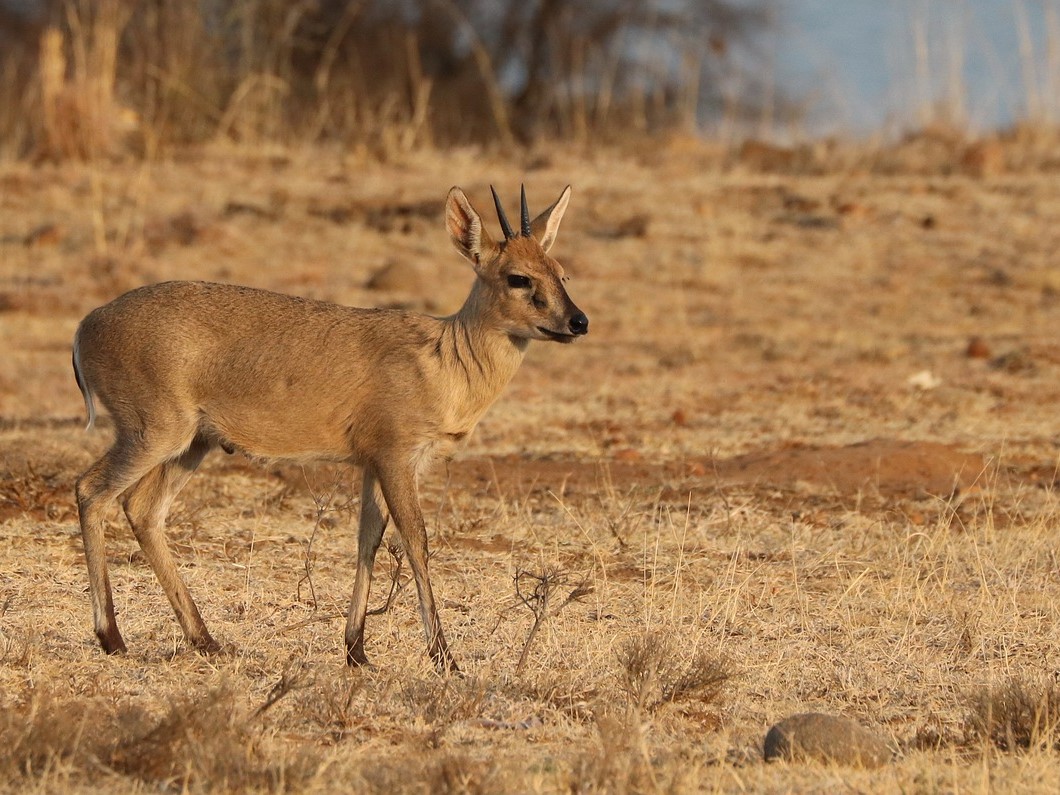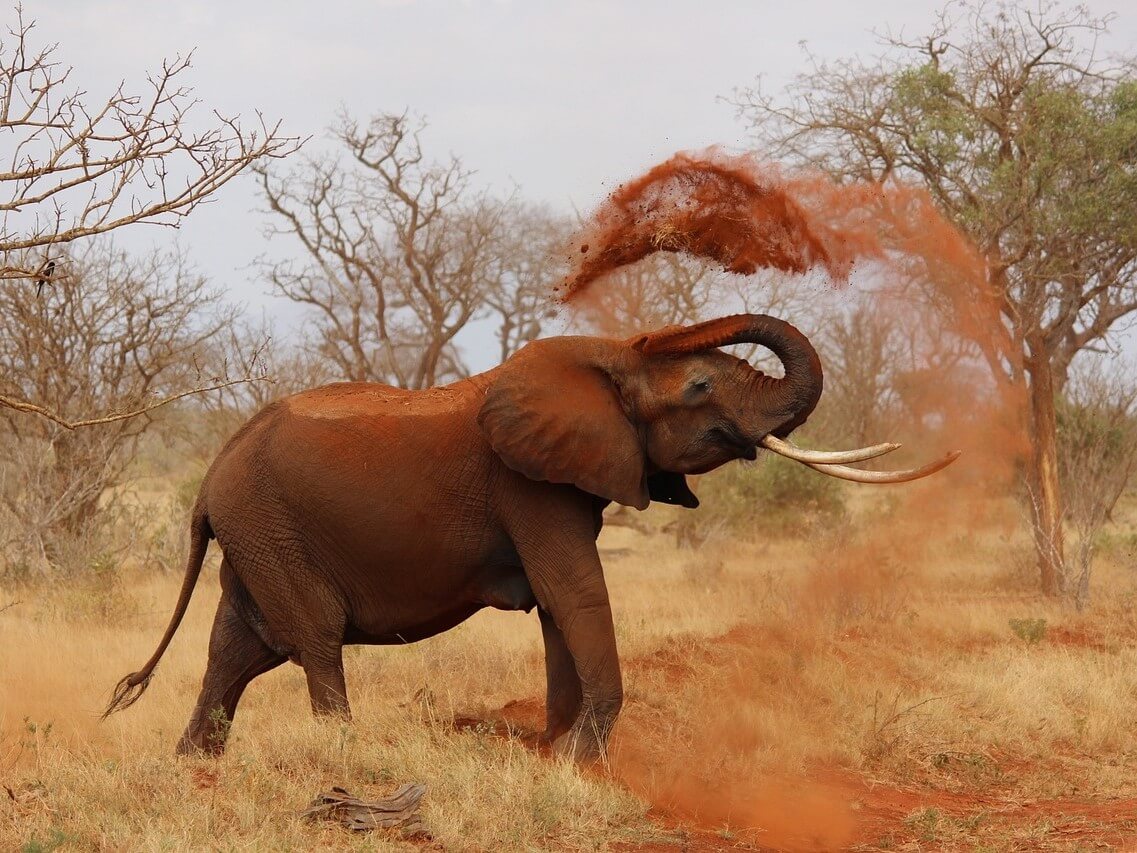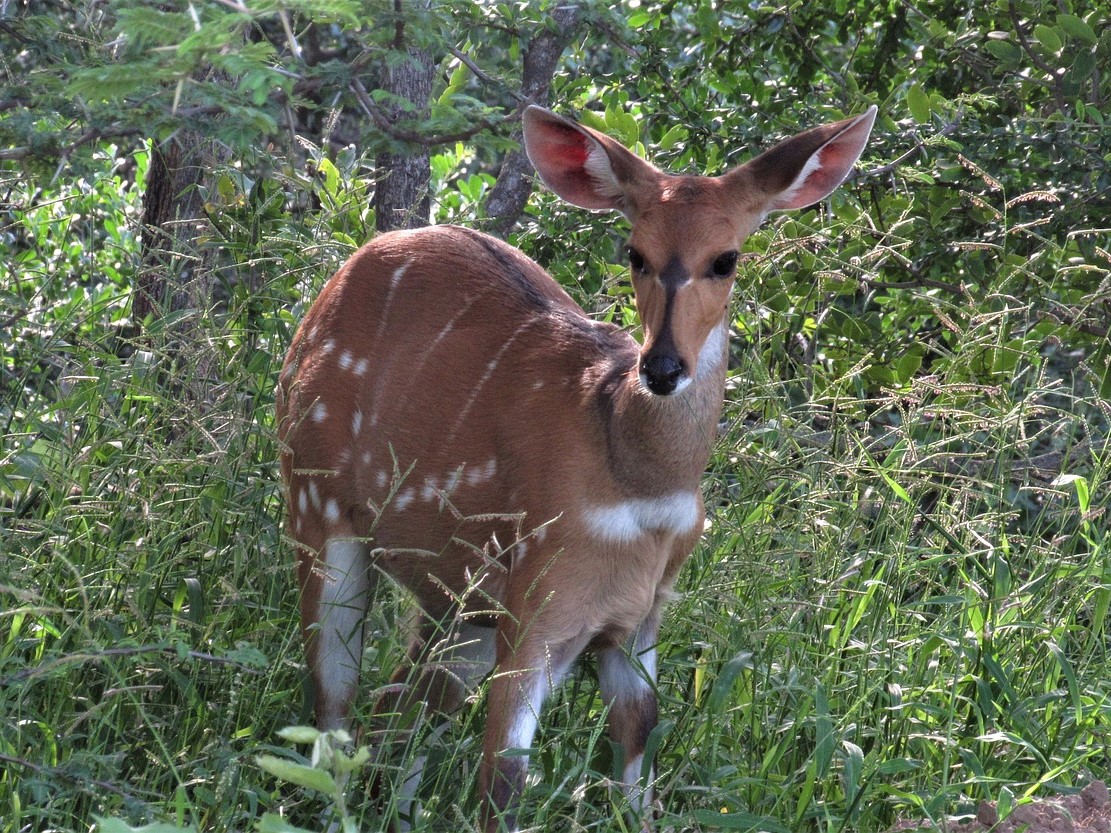
Nestled in the heart of northern Tanzania, Mount Kilimanjaro National Park stands as a majestic testament to the region's natural splendor. Dominated by the iconic snow-capped peaks of Mount Kilimanjaro, Africa's tallest mountain, this park offers visitors an awe-inspiring landscape and a rich tapestry of biodiversity.
Spanning diverse ecosystems, from lush montane forests to alpine meadows and barren volcanic slopes, Mount Kilimanjaro National Park captivates with its dramatic scenery and unparalleled wilderness. The park's crown jewel, Mount Kilimanjaro, rises majestically above the surrounding plains, its towering summit shrouded in mist and legend.
For those seeking adventure, Mount Kilimanjaro National Park offers a range of trekking routes, each offering unique perspectives of the mountain's grandeur. From the gentle slopes of the Marangu Route to the challenging ascent of the Machame Route, trekkers embark on a journey of self-discovery and natural wonder, culminating in the ultimate goal of reaching Uhuru Peak, the highest point in Africa. The dry season, typically from June to September, is the optimal time for trekking Mount Kilimanjaro, offering clear skies and stable weather conditions conducive to summit success. During this period, the mountain's slopes come alive with activity as trekkers from around the world undertake the arduous but rewarding journey to the summit.
While Mount Kilimanjaro is the park's main attraction, it is also home to a diverse array of flora and fauna. The lower slopes are cloaked in dense forests teeming with life, including colobus monkeys, leopards, and a myriad of bird species. As altitude increases, the landscape transitions to moorland, characterized by hardy vegetation such as giant lobelias and senecios, adapted to the harsh alpine environment. Above the treeline, the alpine desert stretches towards the summit, its stark beauty punctuated by hardy mosses and lichens clinging to rocky outcrops.
Despite the harsh conditions, a surprising variety of life persists, including unique plant species found nowhere else on Earth. Exploring Mount Kilimanjaro National Park is a journey of discovery and wonder, as visitors are immersed in the breathtaking beauty of one of Africa's most iconic landmarks. Whether trekking to the summit or marveling at the park's rich biodiversity, a visit to Mount Kilimanjaro is an unforgettable experience that leaves a lasting impression on all who venture into its realm.
The climate on Mount Kilimanjaro varies greatly with altitude, ranging from tropical at the base to arctic conditions near the summit. Generally, Kilimanjaro experiences two main seasons: the dry season (from late June to early October) and the wet season (from November to May). During the dry season, the weather is typically clear and sunny, making it the preferred time for climbing. However, temperatures can still drop significantly, especially at higher elevations. In contrast, the wet season brings heavy rainfall, particularly in the afternoons, which can make trekking more challenging due to slippery trails and reduced visibility. Despite the variations, the climate on Kilimanjaro is generally cool and temperate at lower elevations, transitioning to colder conditions as altitude increases, with freezing temperatures and potential snowfall near the summit.

Jackal

Monkeys

Buffalo

Duiker

Elephant

Bushbuck